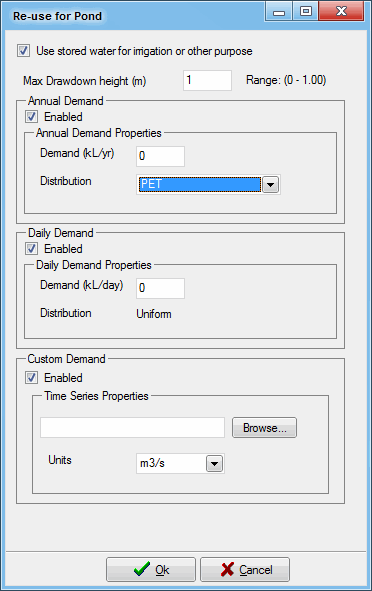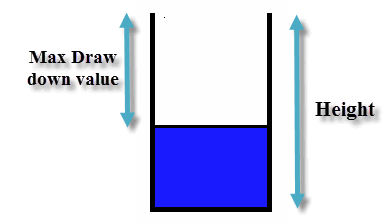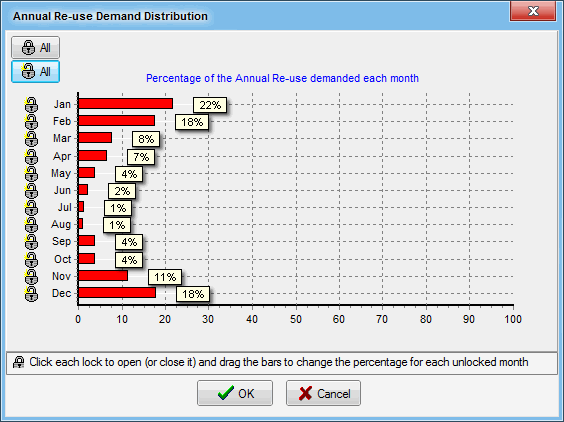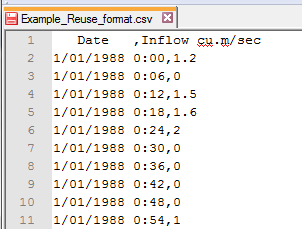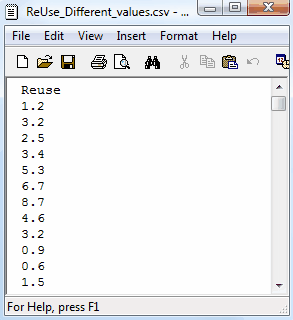Water Re-use from Treatment nodes
There is an option to re-use water from any treatment node that has a permanent pool volume, plus the infiltration system node, by specifying a demand:
The Max Drawdown height specifies the water level allowed for re-use, starting from the top. For example:
- If re-use has been setup at a node and if Max Drawdown = depth of the system, then the water can be empties from the node, ie. water level reaches the bottom of the tank; or
- If re-use has been setup at a node and Max Drawdown = 0, then the water level is not allowed to move at all (in this case, re-use cannot be supplied).
This is shown in the diagram below:
The demand can be distributed using the following options:
- Defined as an annual demand (ML/yr) and scaled according to the daily Potential Evapotranspiration data contained in the Meteorological Template used to create the model;
- Defined as an annual demand (ML/yr) and scaled according to the daily PET value minus the daily rainfall data contained in the Meteorological Template used to create the model rainfall (i.e. when PET exceeds rainfall, reuse will occur);
- Defined as a daily demand (kL/day);
- Defined as annual demand (ML/yr) and scaled according to a user defined distribution; or
- Defined through the use of a user defined time series.
To edit the user defined distribution of the annual demand, select the button. The graphical editor shown below allows the user to edit the percentage of the annual demand for each month.
To edit the monthly demand percentage, click and drag the unlocked bar graph for the required month, until the desired value is displayed. To unlock one of the monthly bar graphs, select the image adjacent to the monthly value bar graph. Alternatively to lock the monthly bar graph, select the image adjacent to the monthly value bar graph. When editing, only the monthly values on which the unlocked image is displayed will be adjusted.
To enter a user defined timer series, either type in the file path and file name, or click on the Browse button, to locate a previously prepared comma separated value (CSV) file which contains the reuse rate (in L per time-step). The re-use file must be a CSV file with a separate reuse value on each line. The time-step for the reuse file must be the same as that used in the meteorology template file. Only a single column of data should be provided in the CSV file. A header row may also be incorporated or may be left blank.
Demand will only be met when there is available storage in the permanent pool of the treatment node.
User Defined Time Series of Reuse
As discussed above, a user defined time series of reuse can be specified in music. This facility provides a more realistic reuse demand specification capability. The facility also allows exploration of the impacts of reuse that could not previously be simulated, such as trends in household demand, steps in demand as occupancy changes, etc.
The user defined reuse file can be specified by selecting the "" button or by pasting the file address in the text box. The re-use file must be a CSV file with data separated line by line. The time-step for the reuse file must be the same as that used in the meteorology template file. A single header row should be incorporated.
The following provides examples of a suitably formatted user defined reuse file:
If an insufficient number of reuse values is specified in the reuse file, a reuse value of 0 will be applied for all subsequent time-steps. If too many reuse values are provided in the reuse file, the additional reuse values will be truncated. In either circumstance a warning message will be issued advising how many unassigned/truncated values there are in the reuse file.
